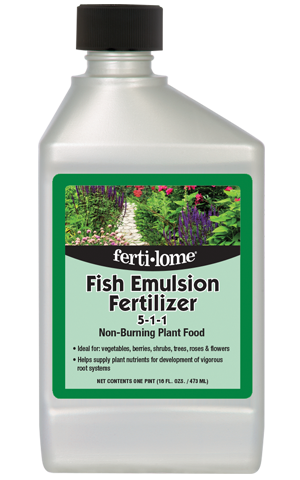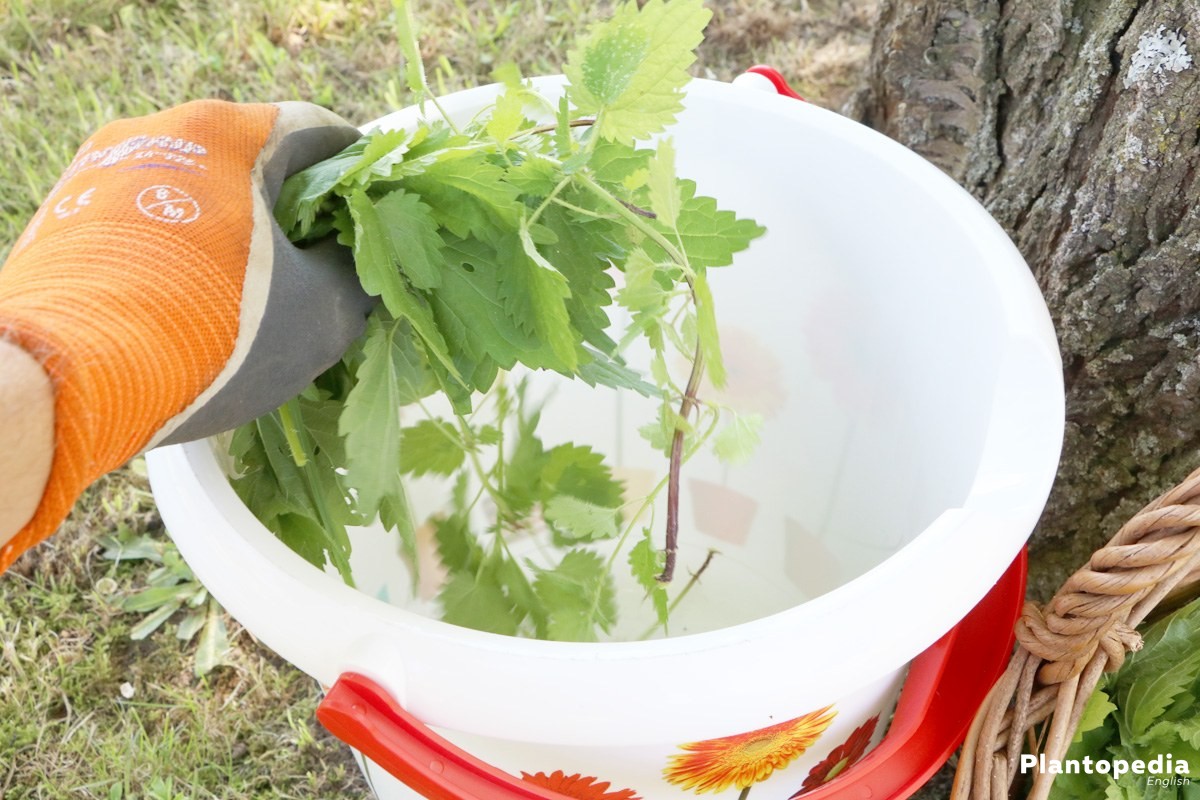Liquid Fertilizer For Vegetables: The Ultimate Guide To Growing Healthy Productive Plants
Introduction
Vegetables need a variety of nutrients to grow healthy and productive. One of the best ways to provide these nutrients is through liquid fertilizer. Liquid fertilizers are easy to apply and quickly absorbed by plants, making them a great choice for vegetable gardens.
In this blog post, we will discuss the benefits of using liquid fertilizer for vegetables, as well as how to choose and apply the right fertilizer for your garden. We will also provide some tips for making your own liquid fertilizer at home.
Benefits of Liquid Fertilizer for Vegetables
There are many benefits to using liquid fertilizer for vegetables. Here are a few of the most important:
- Quick absorption: Liquid fertilizers are quickly absorbed by plants, which means that they start working faster than other types of fertilizers. This is important for vegetables, which need a steady supply of nutrients to grow and produce fruit.
- Easy to apply: Liquid fertilizers are easy to apply. You can either pour them directly on the soil around your plants or mix them with water and spray them on the leaves. This makes them a great choice for busy gardeners who don't have a lot of time to spend on fertilizing their plants.
- Variety of nutrients: Liquid fertilizers come in a variety of formulas, so you can choose one that contains the specific nutrients that your plants need. This is important for ensuring that your plants get the nutrients they need to grow healthy and productive.
Choosing the Right Liquid Fertilizer for Vegetables
When choosing a liquid fertilizer for vegetables, there are a few things you need to keep in mind. First, you need to consider the type of vegetables you are growing. Different vegetables have different nutrient needs, so you need to choose a fertilizer that is formulated for the specific vegetables you are growing.
Second, you need to consider the stage of growth of your plants. Young plants need a different fertilizer than mature plants. For young plants, you need a fertilizer that is high in nitrogen. This will help them grow strong and healthy. For mature plants, you need a fertilizer that is high in phosphorus and potassium. These nutrients help plants produce fruit.
Finally, you need to consider the pH of your soil. The pH of the soil affects how well plants can absorb nutrients. If your soil is too acidic or too alkaline, you may need to choose a fertilizer that is designed to adjust the pH of the soil.
How to Apply Liquid Fertilizer to Vegetables
There are two main ways to apply liquid fertilizer to vegetables:
- Soil drench: This is the most common way to apply liquid fertilizer. Simply pour the fertilizer around the base of your plants and water it in.
- Foliar spray: This method involves spraying the fertilizer directly onto the leaves of your plants. This is a good way to get nutrients to plants that are growing in poor soil.
When applying liquid fertilizer, it is important to follow the directions on the label. This will help you avoid over-fertilizing your plants, which can damage them.
Making Your Own Liquid Fertilizer
If you are looking for a more natural way to fertilize your vegetables, you can make your own liquid fertilizer at home. There are many different recipes available online. Here is a simple recipe that you can try:
- Ingredients:
- 1 cup of water
- 1/4 cup of fish emulsion
- 1/4 cup of kelp meal
- 1/4 cup of worm castings
- Instructions:
- Mix all of the ingredients together in a gallon jug.
- Fill the jug with water and shake well.
- Apply the fertilizer to your plants according to the directions on the label.
Conclusion
Liquid fertilizer is a great way to provide your vegetables with the nutrients they need to grow healthy and productive. There are many different liquid fertilizers available, so you can choose one that is formulated for the specific vegetables you are growing. You can also make your own liquid fertilizer at home if you are looking for a more natural option.
By following the tips in this blog post, you can use liquid fertilizer to help your vegetables reach their full potential.
Liquid fertilizer is a great way to boost the growth of your vegetable garden. It is absorbed by the plants quickly, so you start seeing results fast. There are many different types of liquid fertilizer available, so you can find one that is specifically formulated for vegetables.
If you are looking for more information about liquid fertilizer for vegetables, I recommend visiting Garden Wiki. This website has a wealth of information on the topic, including articles, videos, and a forum where you can ask questions and get advice from other gardeners.
FAQ of liquid fertilizer for vegetables
- Can I use liquid fertilizer on vegetables?
Yes, you can use liquid fertilizer on vegetables. Liquid fertilizers are a quick and easy way to provide your plants with the nutrients they need to grow healthy and strong. However, it is important to use liquid fertilizer correctly in order to avoid burning your plants.
- When should I start using liquid fertilizer?
You should start using liquid fertilizer 2 to 3 weeks after planting your vegetables. This will give the plants time to recover from any root damage that may have occurred during transplanting. It is also important to water your plants thoroughly with plain water before applying liquid fertilizer. This will help to prevent the fertilizer from burning the roots.
- What type of liquid fertilizer should I use?
There are many different types of liquid fertilizers available on the market. When choosing a liquid fertilizer for your vegetables, it is important to consider the type of plants you are growing and the nutrients they need. Some general guidelines for choosing a liquid fertilizer include:
* Choose a fertilizer that is specifically formulated for vegetables.
* Choose a fertilizer that is balanced, meaning that it contains all of the essential nutrients that vegetables need.
* Choose a fertilizer that is diluted according to the instructions on the label.
- How often should I fertilize my vegetables with liquid fertilizer?
The frequency with which you fertilize your vegetables with liquid fertilizer will depend on the type of fertilizer you are using, the type of plants you are growing, and the climate in your area. However, as a general rule of thumb, you should fertilize your vegetables every 2 to 4 weeks during the growing season.
- What are the benefits of using liquid fertilizer on vegetables?
There are many benefits to using liquid fertilizer on vegetables. Some of the benefits include:
* Liquid fertilizers are a quick and easy way to provide your plants with the nutrients they need.
* Liquid fertilizers are available in a variety of formulations, so you can choose one that is specifically tailored to the needs of your plants.
* Liquid fertilizers are easy to apply, and they can be applied directly to the soil or to the leaves of the plants.
Image of liquid fertilizer for vegetables
10 different images of liquid fertilizer for vegetables that are free to use:
- Fish emulsion fertilizer. This is a natural fertilizer made from the decomposed remains of fish. It is a good source of nitrogen, phosphorus, and potassium, and it is also a good source of trace minerals.

- Kelp meal fertilizer. This is a natural fertilizer made from the ground-up remains of seaweed. It is a good source of nitrogen, phosphorus, potassium, and trace minerals, and it also contains plant growth hormones that can help to promote plant growth.

- Compost tea fertilizer. This is a liquid fertilizer made by steeping compost in water. It is a good source of nutrients, and it also contains beneficial microbes that can help to improve soil health.

- Nettle fertilizer. This is a natural fertilizer made from the leaves and stems of nettles. It is a good source of nitrogen, phosphorus, potassium, and trace minerals, and it also contains compounds that can help to deter pests.

- Blood meal fertilizer. This is a natural fertilizer made from the dried blood of animals. It is a good source of nitrogen, and it can also help to improve soil structure.

- Bone meal fertilizer. This is a natural fertilizer made from the ground-up bones of animals. It is a good source of phosphorus, and it can also help to improve soil structure.

- Chicken manure fertilizer. This is a natural fertilizer made from the manure of chickens. It is a good source of nitrogen, phosphorus, and potassium, and it can also help to improve soil structure.
- Fish meal fertilizer. This is a natural fertilizer made from the dried, ground-up remains of fish. It is a good source of nitrogen, phosphorus, and potassium, and it can also help to improve soil structure.
- Worm castings fertilizer. This is a natural fertilizer made from the castings of earthworms. It is a good source of nutrients, and it also contains beneficial microbes that can help to improve soil health.

- Green manure fertilizer. This is a type of fertilizer made from plants that are grown specifically for the purpose of being turned into the soil. Green manure plants are typically high in nitrogen, and they can help to improve soil structure and fertility.


Post a Comment for "Liquid Fertilizer For Vegetables: The Ultimate Guide To Growing Healthy Productive Plants"